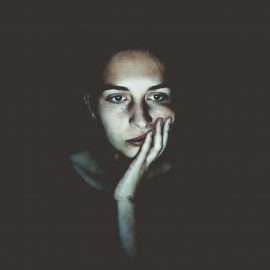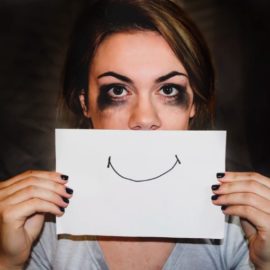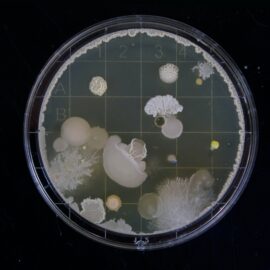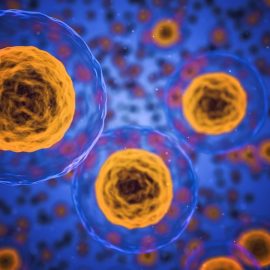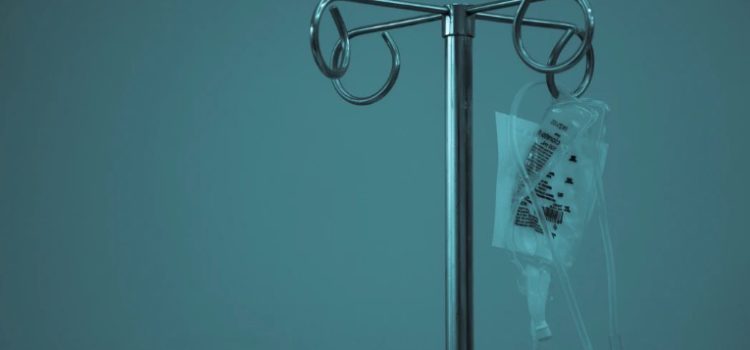

This article is an excerpt from the Shortform book guide to "The Emperor of All Maladies" by Siddhartha Mukherjee. Shortform has the world's best summaries and analyses of books you should be reading.
Like this article? Sign up for a free trial here .
Can you be resistant to chemotherapy? What causes chemoresistance?
Chemotherapy is a cornerstone of cancer treatment even today. Unfortunately, not all cancers respond to the treatment. Chemo-resistance has no single cause—it can arise due to a variety of host- or tumor-related factors.
Learn about chemoresistance, why it occurs, and how chemo-resistant cancers are treated.
Chemotherapy-Resistant Cancer
Despite advancements in chemotherapy, doctors found that some cancers are resistant to the treatment. In 1962, trials of a new drug cocktail called VAMP sent leukemia patients into remission. However, most patients relapsed after approximately a year with leukemia cells in their spines and brains. Mukherjee explains that the blood-brain barrier—a protective layer of densely packed cells that separates the brain’s blood vessels from the actual brain tissue—makes the central nervous system (the brain and spine) impervious to most chemotherapy.
(Shortform note: The blood-brain barrier (BBB) is a strong, yet selective barrier: It allows necessary things like oxygen and nutrients to pass through to the brain tissue, while blocking out germs and toxins that would infect or damage the brain. Unfortunately, that barrier protects cancer cells in the central nervous system just as effectively as it protects the healthy ones.)
In 1962, a year after becoming the director of St. Jude Children’s Research Hospital, oncologist Donald Pinkel began developing a comprehensive course of treatment for childhood leukemia that he called “total therapy.” This development was based on four key innovations:
- More elaborate drug cocktails, carefully mixing up to eight different drugs to maximize effectiveness while keeping toxicity to survivable levels
- Bypassing the blood-brain barrier by injecting the drugs directly into the spinal fluid
- Using X-ray radiation therapy to directly kill cancerous cells in the brain
- Continuing treatment long after visible signs of cancer are gone—potentially for years—in order to make sure that every trace of cancer is scoured from the patient
(Shortform note: Pinkel’s total therapy regimen was extremely effective, and hospitals still use revised versions of it today. St. Jude Children’s Research Hospital—one of the world’s foremost facilities for treating childhood cancer—reports that improved technology and refined techniques have pushed the survival rate for childhood leukemia up to 94% at their hospitals.)
In 1998, researchers made another step in overcoming chemoresistance when they developed two cancer antibodies—drugs designed to specifically target cancer cells—that sent patients into remission during clinical trials. Mukherjee says that these two drugs show that it is possible to treat cancer by targeting key genes and proteins that the disease relies on to survive. In the decade following these trials, the National Cancer Institute listed 24 drugs similar to those two as targeted cancer therapies: treatments that pinpoint a particular type of cell, as opposed to killing cells indiscriminately.

———End of Preview———
Like what you just read? Read the rest of the world's best book summary and analysis of Siddhartha Mukherjee's "The Emperor of All Maladies" at Shortform .
Here's what you'll find in our full The Emperor of All Maladies summary :
- An overview and rough timeline of the fight against cancer
- A look into the more technical aspects of cancer and cancer treatment
- The social aspects of the fight against cancer

